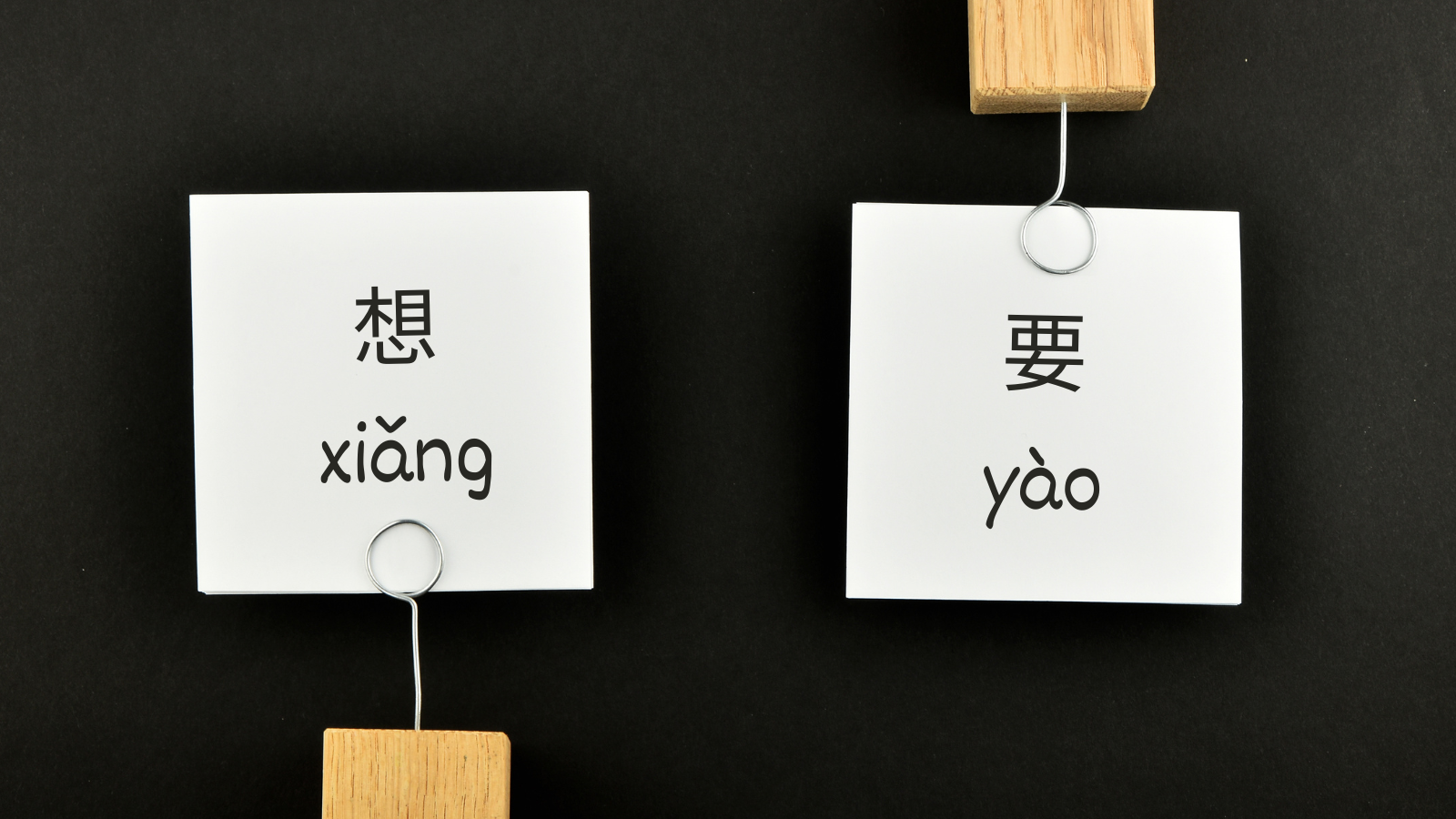
😅 我吃了面包,和喝了牛奶?Wait… That’s Wrong?!
Said “我吃了面包,和喝了牛奶”?Sounds natural in English, but it’s a typical Chinese mistake! Learn how to connect actions correctly using 也 or 还, with examples and fun practice.
Continue reading
🧐 有点儿 yǒudiǎnr vs 一点儿 yìdiǎnr – What’s the Difference?
Learn the difference between 有点儿 and 一点儿 in Chinese. This clear and fun guide explains when to use each word with easy examples and common mistakes to avoid.
Continue reading
🔍 帮 bāng vs 帮忙 bāngmáng – What’s the Difference?
Learn how to use 帮 and 帮忙 correctly in Chinese. This short guide explains the difference with clear examples and helpful tips for learners.
Continue reading
🔍 找 zhǎo vs 找到 zhǎodào – What’s the Difference?
What’s the difference between 找 (zhǎo) and 找到 (zhǎodào)? If you’re confused about when to use each, this blog will make it crystal clear!
Continue reading
😅 我有二个哥哥。 Wait… That’s Wrong?!
Do you say "我有二个哥哥"? Many learners do—but it's wrong! Learn when to use 二 (èr) and when to use 两 (liǎng) in Chinese.
Continue reading
🧐 再 zài vs. 又 yòu – What’s the Difference?
Confused about 再 (zài) and 又 (yòu)? Learn the difference with easy examples and clear explanations. Know exactly when to use each one and avoid common mistakes!
Continue reading
🧐 知道 zhīdào vs. 认识 rènshi – What’s the Difference?
Confused about the difference between 知道 zhīdào and 认识 rènshi? Learn how to use these two Chinese verbs correctly, with clear examples and fun practice!
Continue reading
想 (xiǎng) vs 要 (yào) | The Differences Explained
Are you trying to learn the subtle differences between the Chinese words 想 (xiǎng) and 要 (yào)? Learn exactly how they are used with examples so you can understand them better in context.
Continue reading